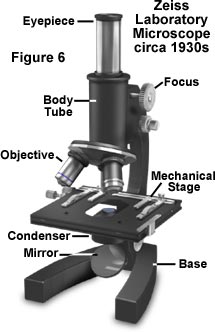Science
The word science is derived from a Latin word”Scientia” which means “knowledge”.
Definition:
1. Meteorology:
The science which deals with atmosphere and its facts including weather and climate.
2. Geology:
The study of the history of the earth and its life.
3. Astronomy:
The Study of stars, planets and space.
4. Chemistry:
At deals with the composition, structure, properties, and reactions of matter.
5. Physics:
“The study of matter, energy and their interaction or relation”
Matter:
It is made of atoms, an atom is the smallest particle.
Types of Matter:
i. Solid
ii. Liquid
iii. Gasses
Solid:
In solid atoms are closely attached. There is no space between them. We can feel, see, touch, describe and weigh solids.
Liquids:
Their atoms are less closely attached as compared to solids. We can feel, see, touch, describe and weigh liquids.
Gasses:
Their atoms have great space between them which means they are free to move. We cannot see, touch or describe them. We can just feel them.
Energy:
“Body possesses energy if it is capable or have the ability to do work”.
Thank You!😊
If u have any question about this article then comment plz...
Written By:
Ma'am Noreen Afzal



